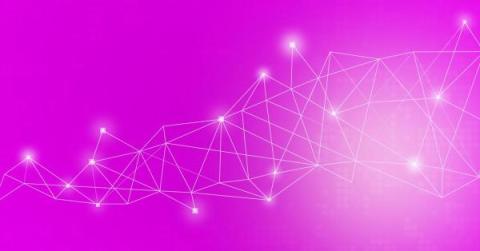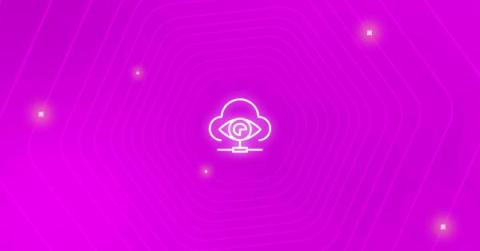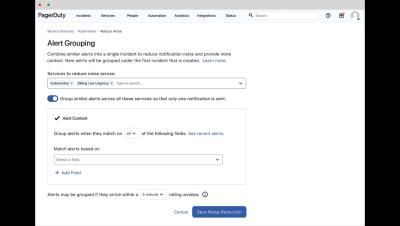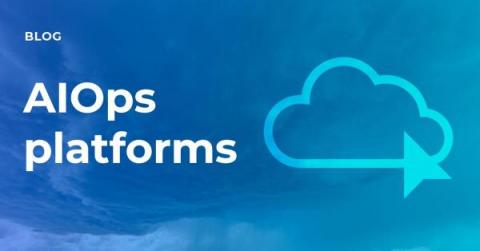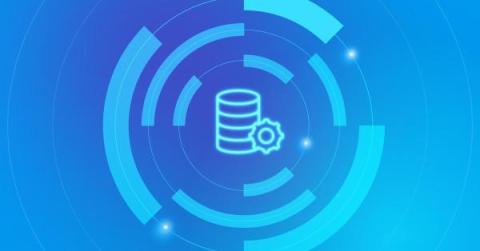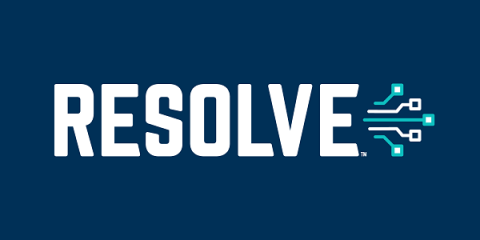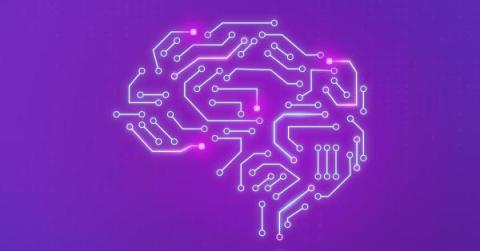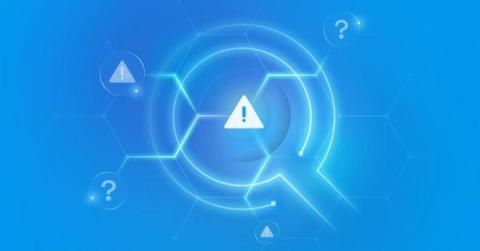Everything you need to know about IT Operations Analytics
Data is both a challenge and an asset for IT professionals, who rely on IT Operations Analytics (ITOA) to guide them towards operational excellence, system reliability, and swift incident resolution. So whether you’re seeking clarity on understanding what ITOA is and its connection to related technologies, are contemplating how to use it within your organization, or are curious about its enhanced efficiency and cost savings benefits, we’ve got you covered.


